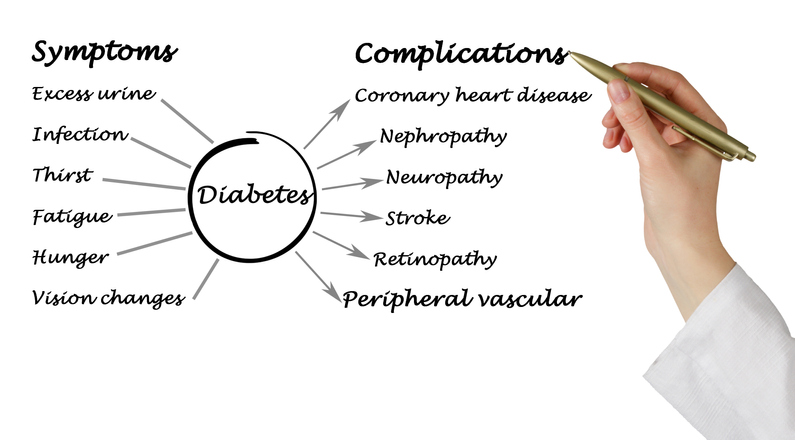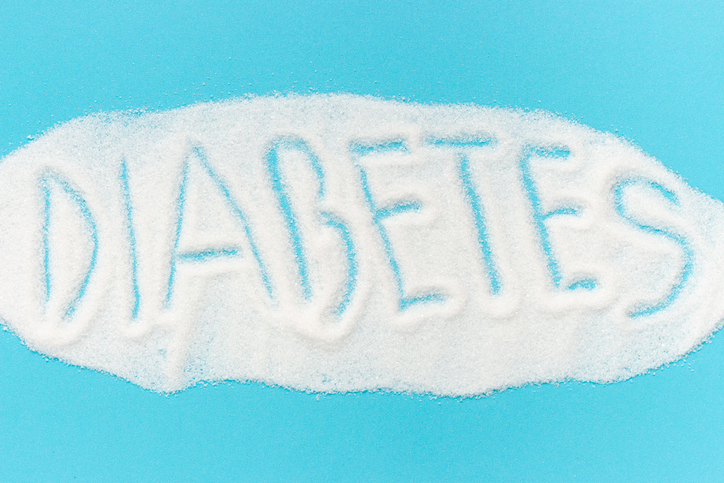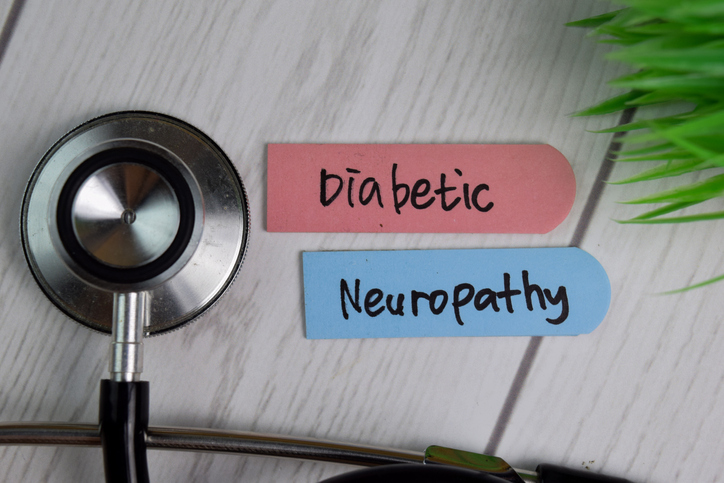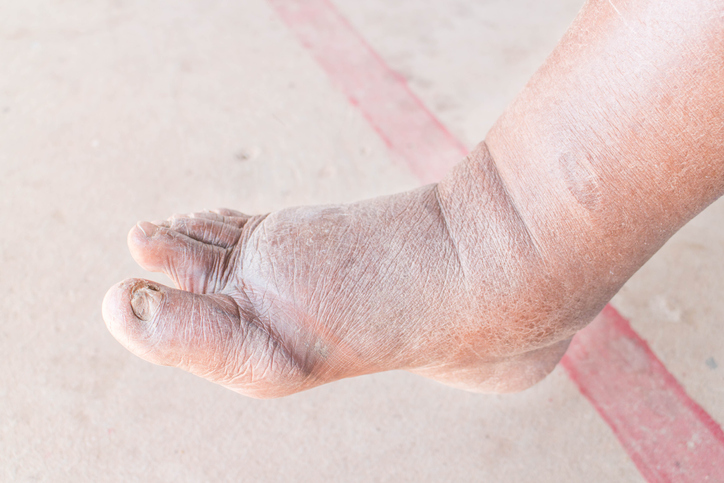Pain
Progression and Possible Complications of Diabetes Mellitus (DM)

What is diabetes mellitus?
Diabetes mellitus (DM) is a metabolic disease that affects how the body uses glucose (blood sugar). Glucose is a source of energy for the brain, muscle cells and tissue cells. Insulin is a natural hormone produced by the pancreas to move the glucose from blood into cells to be stored and used for energy. Diabetes mellitus, or diabetes, occurs when the body doesn’t make enough insulin or can’t use insulin effectively.
Outlook of diabetes mellitus
Although diabetes mellitus can lead to serious complications, in most cases, it can be controlled with medication and lifestyle changes. However, complications of diabetes are possible, depending on the type and severity of diabetes mellitus. Uncontrolled gestational diabetes can lead to complications that affect the baby and mother. Several factors play a role in the outlook of type 3 diabetes, including treatment and severity. Although brittle diabetes is not fatal, severe glucose level changes can lead to hospitalization and the risk of a diabetic coma.
Possible complications of diabetes mellitus
Long-term complications of diabetes mellitus often develop gradually. The risk of complications increases with higher blood sugar levels, difficulty controlling sugar levels, and having diabetes for longer lengths of time. Complications may include the following:
- Neuropathy (nerve damage) can occur when walls of the capillaries (tiny blood vessels that nourish the nerves) are damaged from excess sugar. Neuropathy often causes numbness, weakness, burning, tingling or pain in the toes or fingers, which can gradually spread to other areas of the body. Four specific types of neuropathy can occur: peripheral neuropathy, autonomic neuropathy, proximal neuropathy and focal neuropathy.
- Nephropathy (kidney disease) is caused by damage to the small blood vessels in the kidneys that filter waste from the blood. Diabetes can damage the kidney filtering system and can cause edema (swelling) in the feet or legs. Severe damage may lead to end-stage kidney disease or kidney failure. Urine testing and regular blood pressure checks are important in managing nephropathy. High blood pressure can increase the progression of nephropathy.
- The risks of heart disease, heart attack and stroke are greatly increased with diabetes. This includes coronary artery disease with chest pain and atherosclerosis (narrowing of the arteries).
- Damage to the blood vessels of the retina (diabetic retinopathy) can cause vision loss. The risk of developing cataracts or glaucoma is also increased due to diabetes.
- Hearing loss is a common complication of diabetes.
- Depression is common with type 1 and type 2 diabetes and can affect the management of diabetes.
- The risk of developing dementia, such as Alzheimer’s disease, is greatly increased with type 2 diabetes.
- Infections or sores that don’t heal, especially in the foot, may be caused due to nerve damage or poor circulation. Cuts and blisters can cause serious infections if not treated. Infections could lead to toe, foot or leg amputation.
- Bacterial or fungal skin infections may occur because diabetes leaves individuals more susceptible to skin issues.
Possible complications of gestational diabetes
- Preterm birth may occur due to the mother’s health or a large fetus. Premature birth can cause respiratory distress in the baby.
- Low blood sugar (hypoglycemia) in the baby may develop after birth due to high insulin production.
- Increased risk for type 2 diabetes, in both the mother and child, occurs when the mother has gestational diabetes. The child’s risk for type 2 diabetes increases later in life.
- Higher birth weight can occur when extra glucose in the mother triggers the fetus’ pancreas to make extra insulin.
- Cesarean delivery may be necessary to control the mother’s gestational diabetes or due to the risks associated with vaginal delivery of a large baby.
- Preeclampsia can lead to serious or life-threatening complications for both the mother and child. It is characterized by high blood pressure, excess protein in the urine, swelling of the legs and/or feet, and signs of other organ damage (most often involving the liver and kidneys).
- Gestational diabetes is more likely to occur in subsequent pregnancies.
- If gestational diabetes is untreated, death of the baby may occur before or shortly after birth.


















